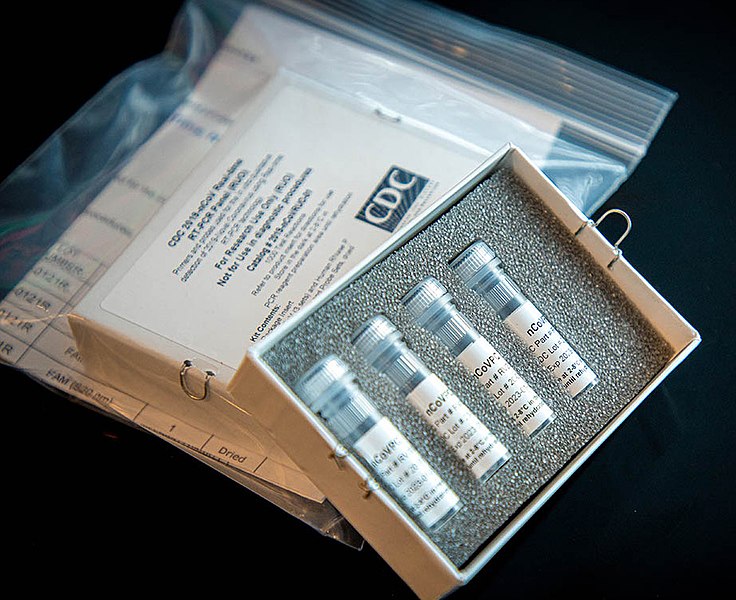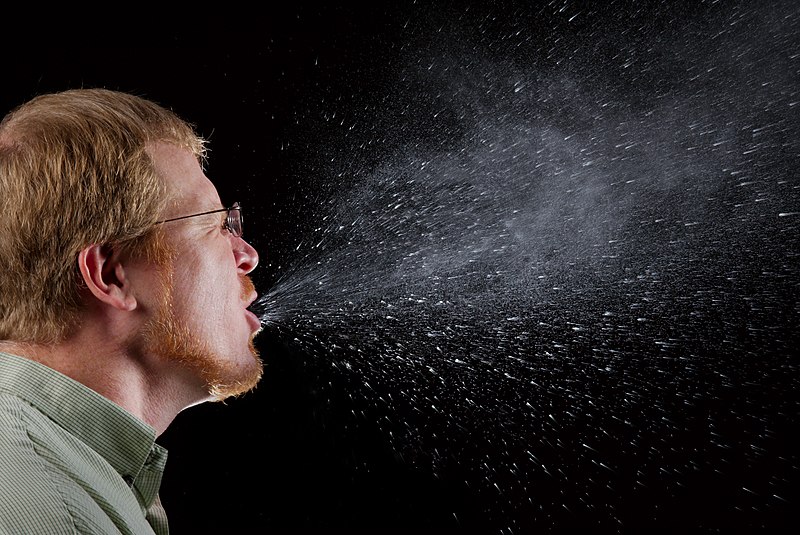In the first entry in Broad Street‘s new blog about the pandemic, a doctor explains problems in testing for COVID-19.
“Because physicians weren’t able to test these patients, most states missed noticing when the disease started to have community spread.”
I belong to several groups of health care workers focusing on issues around COVID-19. For many of us, one of the biggest concerns has been lack of testing. The United States has been very slow to ramp up testing, and because of this, we are operating blindly in much of the country. It is very hard to know what to expect if you don’t know how prevalent the virus is.
The test for COVID-19 is a swab that goes in the nose, which seems simple enough. However, there are a lot of steps that go into even getting the test, and within those steps are a lot of hurdles.
The first is many states have such a very limited supply of testing materials that even getting materials to do the testing can be very difficult. Many states have very strict criteria as to who can actually be tested, such as exposure to someone who is ill or recent travel to a hot spot, plus symptoms such as cough, fever, or shortness of breath. (The other criterion is being a member of an NBA team, but most of us won’t meet that one.)
Clinicians have talked about having multiple patients who they thought possibly or likely had COVID-19 but didn’t meet the very limited criteria for testing. Because they weren’t able to test these patients, most states missed noticing when the disease started to have community spread — we weren’t testing people who might have gotten it in the community.
“We obviously don’t want a patient with COVID-19 in the lab waiting room sitting next to the elderly patient who needs their kidneys checked.”
The next problem is finding a place to be tested. We obviously don’t want a patient with COVID-19 in the lab waiting room sitting next to the elderly patient who needs their kidneys checked. You also want the person doing the test to be adequately protected. There has been some disagreement as to how much protection that person actually needs, but since the test can provoke a cough, many clinicians feel they should be wearing full protective gear. We also prefer not to have them in an exam room that will need full cleaning afterwards, so we have been trying to get them tested outside, preferably in their car if possible. However, not all facilities have been able to figure out a way to do that, so for many patients, it has become difficult to find a place to get the test.
Next, there can be significant delays in running the test. I spoke with a laboratory technician who told me it usually takes just four hours to run the test. However, since the test usually is processed in a lab, rather than on-site, it has to get to the lab. If the test is obtained in rural New Mexico, this can take a day or two. After that, there may be a delay because there are just so many tests in the queue. If a patient is critically ill, sometimes we can get the test expedited, but otherwise, it may take days to get results. A physician I follow on social media said that in his state, they are currently estimating 29 days to get results!
Beyond that, the test is not 100% accurate. I have read that it is about 70% sensitive, which means if you actually have COVID-19, your test will be positive about 70% of the time. Some places are running two tests because of that to increase the likelihood of picking the virus up. But we are probably missing a lot of cases.
All of these delays and problems have significant impacts on spread of the disease. If you aren’t aware you have COVID-19, you are probably much less likely to isolate at home and may spread the disease to multiple other people. An attorney in New Mexico was recently diagnosed after having been sick since March 4. Doctors estimate she was in contact with at least 61 people, including 12 prison inmates.
We just don’t know quite how significant the spread is. There are plenty of other diseases with symptoms similar to COVID-19. We don’t know what percentage of these people actually have it.
“South Korea had its first case on the same day as the United States, and they implemented widespread testing right away. This helped substantially to keep its numbers low, while ours are continuing to climb.”
It would also be really nice to know who has already had COVID-19. Many people are looking back at respiratory infections they had in February or early March, wondering if they actually had COVID-19. If they had it and got over it, that would be good news, because they could stop worrying about getting it and transmitting it to other people. Health care workers who had had it could take care of patients with it without fear.
However, it is more likely that these people had flu or RSV or another respiratory virus, and it would be dangerous for them to assume they have already been exposed. There is a serum test that will tell people if they have already had COVID-19, but it is not widely available at this time, and until then, we are operating in the dark.
It is not completely clear why the United States is so far behind on testing. South Korea had its first case on the same day as the United States, and they implemented widespread testing right away. This helped substantially to keep its numbers low, while ours are continuing to climb.
In short, if we are going to be able to get this epidemic in check here, we really need to be able to test for it.
************************************************












